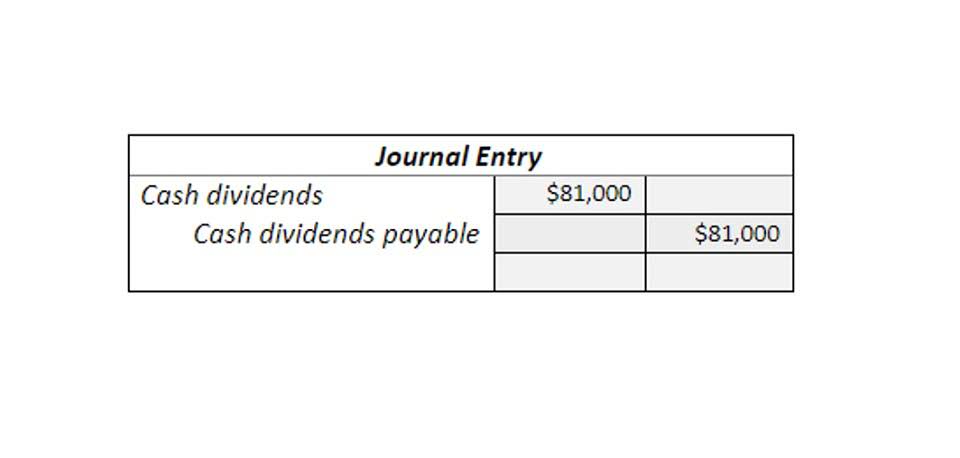Content

The revenue or sales figure is gross revenue or sales, less the cost of goods sold (COGS), which includes returns, allowances, and discounts. The net profit margin measures the profits of a business as a percentage of total revenue. Along with other metrics, the net margin is used to make data-based decisions about how effectively a company uses its revenue. Each industry has different profit margins, so it is important to consider all possible factors when evaluating the net margins of different companies. The net profit margin is perhaps the most important measure of a company’s overall profitability.
If you are also involved in the manufacturing and assembling of the product, then the cost of raw materials or spare parts, if any, should also be included. Below you’ll find some of the most commonly asked questions eCommerce businesses ask us about their profit margins. Overall, a business needs to strike a balance when it comes to its profit margin. Making too much money off of each sale can be just as bad as making too little. Therefore, companies need to be mindful of how much profit they are making and ensure that they are not alienating their customers in the process.
Components of Margin Trading
Margins are an important measure of success for any business and can be the difference between a thriving company and one that’s barely scraping by. However, if your markup is 10% and your COGS go up 10%, your markup will only go up to 11%. This means that your margin is less likely to fluctuate in response to changes in the market. The deal moves Cisco further away from its roots in network hardware and into higher-margin, more predictable software subscriptions. The largest deal Cisco has ever announced moves it further away from its roots in network hardware and into higher-margin software subscriptions.
- It seems to us that markup is more intuitive, but judging by the number of people who search for markup calculator and margin calculator, the latter is a few times more popular.
- Gross margin focuses solely on the relationship between revenue and COGS.
- Since they belong to different sectors, a blind comparison based solely on profit margins would be inappropriate.
- We take the total revenue of $6,400 and deduct variable costs of $1,700 as well as fixed costs of $350 to arrive at a net income of $4,350 for the period.
- Pay attention to the price, and buy in bulk when prices are low or supplies are on sale.
- It may indicate a problem if a company has a profit margin of 5% or under.
Companies use gross margin, gross profit, and gross profit margin to measure how their production costs relate to their revenues. For example, if a company’s gross margin is falling, it may strive to slash labor costs or source cheaper suppliers of materials. All the terms (margin, profit margin, gross margin, gross profit margin) are a bit blurry, and everyone uses them in slightly different contexts.
High-Margin Company vs. Low-Margin Company
Firstly, the integration of artificial intelligence and machine learning in tax preparation software is expected to enhance accuracy and streamline the tax filing process. This will not only reduce errors but also improve the overall efficiency of tax professionals. Secondly, the increasing demand for specialized tax services, such as international tax planning and cryptocurrency tax reporting, presents opportunities for niche providers. Furthermore, the market is likely to see a surge in demand for advisory services related to tax optimization, investment planning, and retirement planning. These trends indicate a promising future for the Tax Preparation Service market, with ample opportunities for growth and diversification. Let’s say that your business took $600,000 in sales revenue last year and had operating expenses of $500,000.
Net profit margin is profit minus the price of all other expenses (rent, wages, taxes, etc.) divided by revenue. While gross profit margin is a useful measure, investors are more likely to look at your net profit margin, as it shows whether operating costs are being covered. Using our calculator you can work out the selling price for your products, based upon the cost of materials and percentage of profit as a what is sales margin markup that you are looking for. By using the margin calculators, you can get a gauge of the profitability of a business and, specifically, how well it turns its revenue into
profit. Below we take a closer look at gross margin, sales margin, net profit margin and operating profit margin and what they mean for your business. It is similar to gross profit margin, but it includes the carrying cost of inventory.
Marginal cost
Net profit margin is typically used in financial analysis along with gross profit margin and operating profit margin. Outside of margin lending, the term margin also has other uses in finance. For example, it is used as a catch-all term to refer to various profit margins, such as the gross profit margin, pre-tax profit margin, and net profit margin. The term is also sometimes used to refer to interest rates or risk premiums. Because using margin is a form of borrowing money it comes with costs, and marginable securities in the account are collateral. The interest charges are applied to your account unless you decide to make payments.

Ultimately, businesses need to use all the information at their disposal to make decisions that will help them achieve their financial goals. Let’s say that your company brings in $50,000 in sales revenue and your costs of goods sold is $30,000. Operations-intensive businesses such as transportation, which may have to deal with fluctuating fuel prices, drivers’ perks and retention, and vehicle maintenance, usually have lower profit margins. Here, we can gather all of the information we need to plug into the net profit margin equation.
